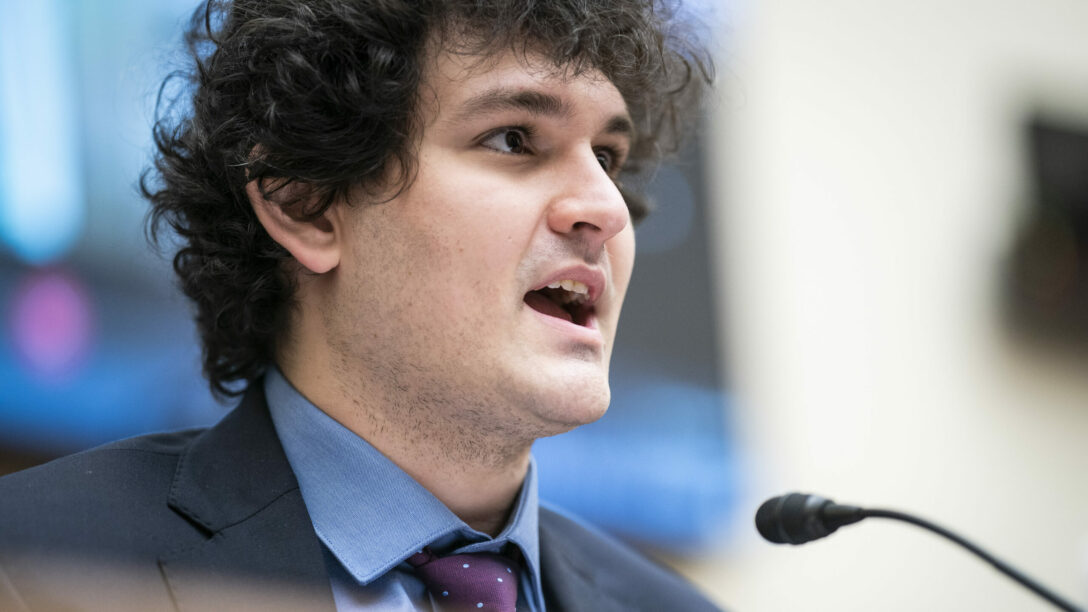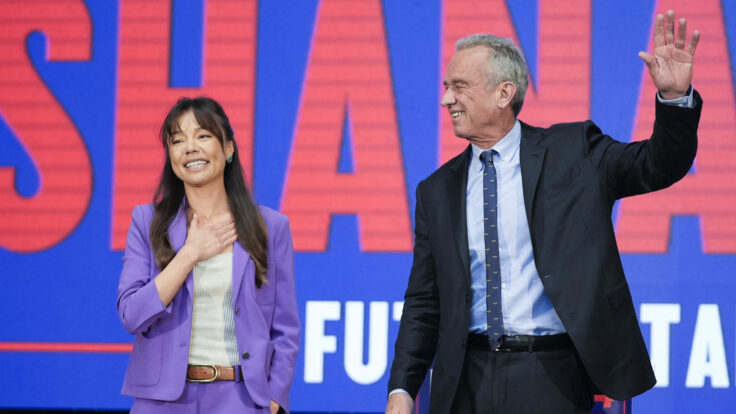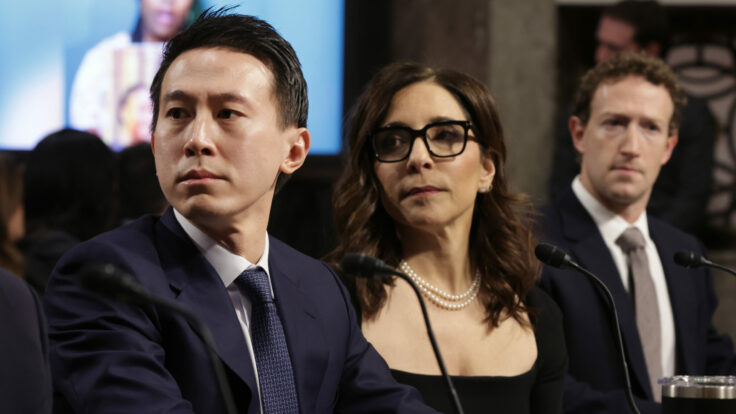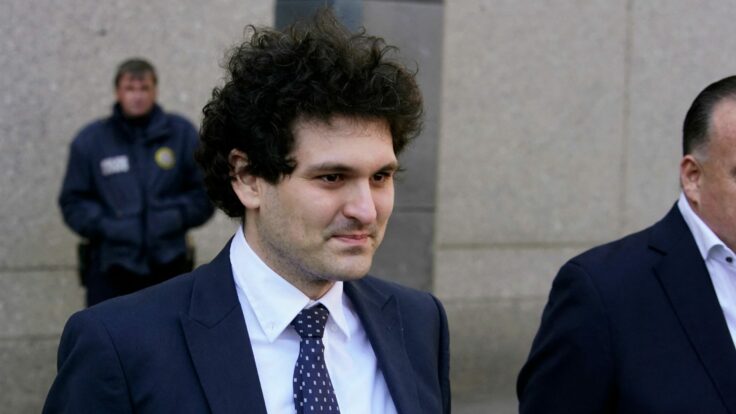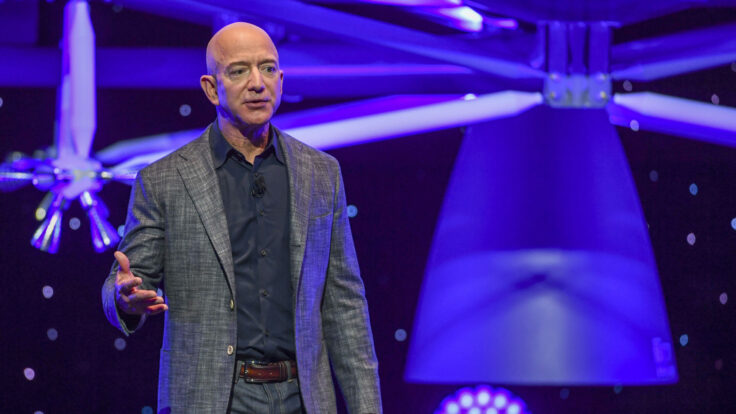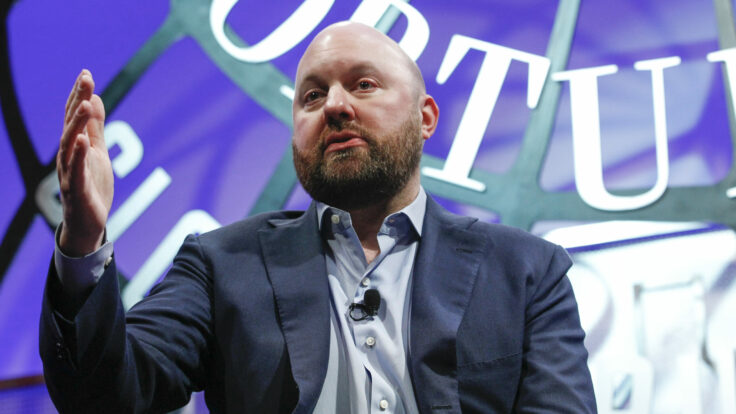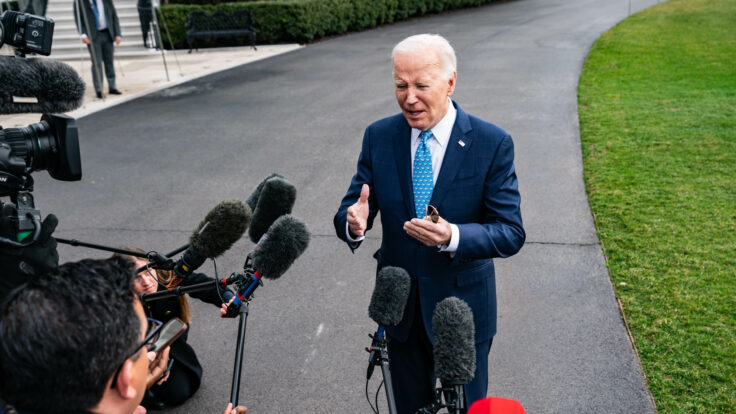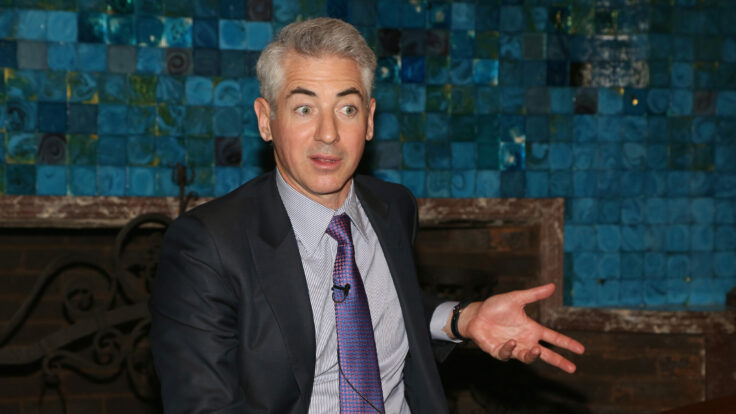The Thursday before Sam Bankman-Fried’s company imploded, at a Capitol Hill townhouse just purchased by one of his main political outfits, about 60 Democratic operatives and lobbyists turned up for a cocktail party with a full bar and catering—“Democratic Night,” in the unofficial words of people invited—to celebrate S.B.F.’s ascendant lobbying organization. The previous evening, the townhouse had hosted a similar soirée for G.O.P. power brokers on “Republican Night.”
The subtext was as clear as when Jeff Bezos marked his territory by purchasing a mansion in Kalorama: S.B.F. and his network were in D.C. to stay. Some in his network—a sprawling coterie of family, political sherpas, data consultants and effective-altruist consiglieres—spoke openly about a 50-year mission for influence, and they were just getting started.
